Here's one way to solve your issue:
import numpy as np
import pandas as pd
# Create some sample DataFrame with the two columns that our code will use.
outer = pd.DataFrame(
[
['11D01', '11D01'],
['11D01', '11D01'],
['11D01', None],
['31D01', '31D01'],
['31D01', '31D01'],
[None, '31D01'],
[None, '22D05'],
], columns=["Job Number_salesforce", "Job Number_coins"]
)
# np.where() works by identifying the rows where the condition (first
# parameter that was passed to it) is True or not.
# If the condition is True, then the value of the
# second parameter (values from the column "Job Number_salesforce") is used,
# otherwise, the value from the third parameter (values from the column
# "Job Number_coins") is used.
outer["Job Number"] = np.where(outer["Job Number_salesforce"].notnull(),
outer["Job Number_salesforce"],
outer["Job Number_coins"])
print(outer)
# Prints:
#
# Job Number_salesforce Job Number_coins Job Number
# 0 11D01 11D01 11D01
# 1 11D01 11D01 11D01
# 2 11D01 None 11D01
# 3 31D01 31D01 31D01
# 4 31D01 31D01 31D01
# 5 None 31D01 31D01
# 6 None 22D05 22D05
NOTE
The above implementation has two potential kryptonite's:
- If both columns have non-missing values, then the value from the
"Job Number_salesforce" column will be given preference.
- If both columns have missing values, then the newly created "Job Number" column will still contain missing values.
